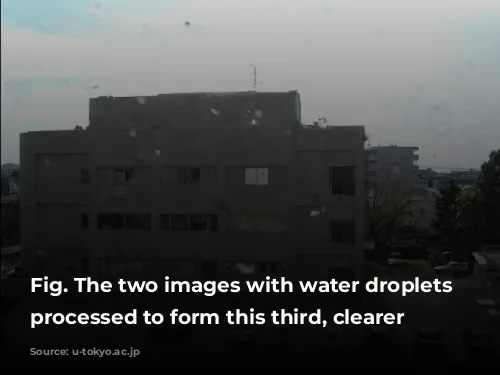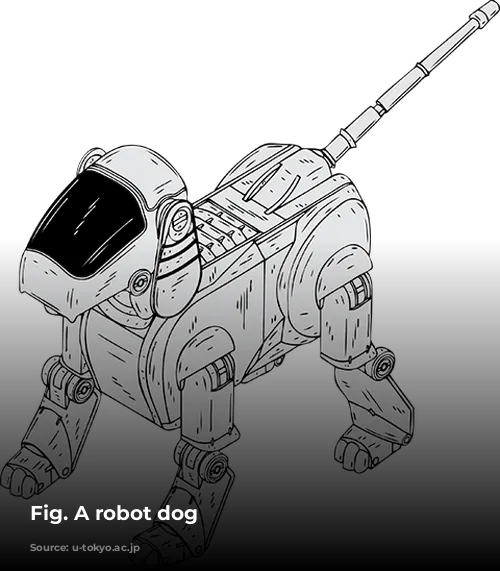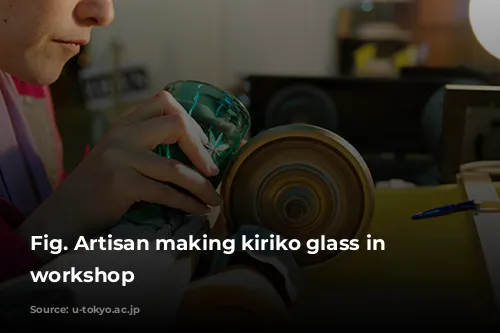Have you heard of “monozukuri”? This term, popularized in the late 20th century, describes the unique manufacturing culture of Japan. It encompasses everything from production techniques and philosophies to the skilled individuals who bring these creations to life. Monozukuri has been the cornerstone of Japan’s global competitiveness.
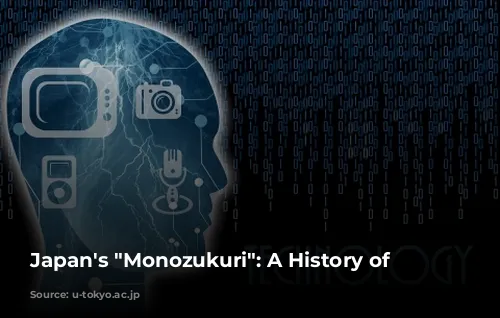
The Rise of Robotics in Monozukuri
In recent times, robotics has become the driving force behind Japan’s “monozukuri” culture. The country has consistently held the title of the world’s leading exporter of robots, both in terms of value and the number of units in operation. In 2012 alone, Japan shipped robots worth approximately 3.4 billion yen, capturing nearly 50% of the global market. The number of operational robots in Japan reached close to 300,000, representing roughly 23% of the global market share.
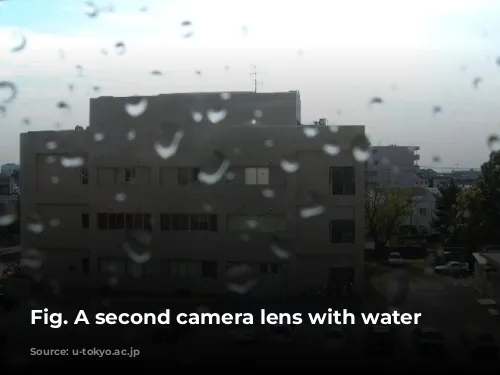
A Global Leader in Robotics
Japan’s leadership in robotics is evident in its highly competitive research, development, and applied technologies. The country continues to invest heavily in pushing the boundaries of robotics, aiming to become a creator of new values in both manufacturing and services. Japan envisions a future where robots will play a pivotal role in transforming society.
<img src="https://tokyotouristpass.com/wp-content/uploads/2024/09/japan-s-monozukuri-a-history-of-innovation_172603874134024.webp" alt="Fig. The Kibo Experiment Module attached to the International Space Station
?JAXA/NASA” loading=”lazy”/>
The Changing Landscape of Robot Use
The use of industrial robots has evolved significantly since the 1970s, when Japan first pioneered their use. Initially, they were mainly confined to automobile and electronics factories, performing simple tasks like assembly or transporting heavy objects in dangerous environments. Their effectiveness in enhancing productivity, quality, and safety cemented Japan’s global leadership in “monozukuri.”
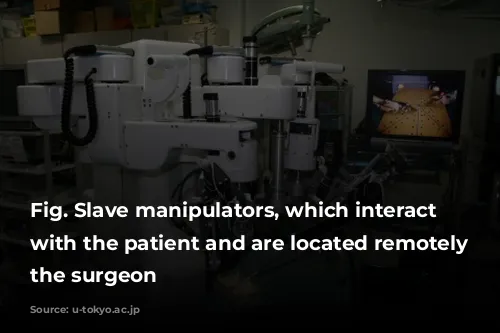
Robots Beyond the Factory Floor
While robots have historically been relegated to supporting roles in manufacturing, advancing technology, evolving societal needs, and global trends are pushing robotics into new frontiers. The rise of robotics projects in countries like Europe, the Americas, and China has fueled a surge in demand for robots globally.
The Internet of Things (IoT) is driving advancements in robotics in the Americas and Europe. As network technologies improve, the implementation and usage of IoT are expanding rapidly. This necessitates significant changes in existing business models across all industries. Countries around the world are eager to leverage robots to capitalize on these developments, potentially ushering in a new era known as “The Fourth Industrial Revolution.”
China, facing rising labor costs and intense competition, is embracing industrial robots to boost productivity and quality. This has propelled China to the top spot for industrial robot purchases and the world’s largest importer of robots.
As the role of robots continues to expand globally, Japan, the “Robot Nation,” is leveraging its cutting-edge robotics technologies in diverse fields beyond manufacturing. Robots are now deployed in various sectors, including aeronautics, medicine/welfare, disaster mitigation, and investigation and rescue.
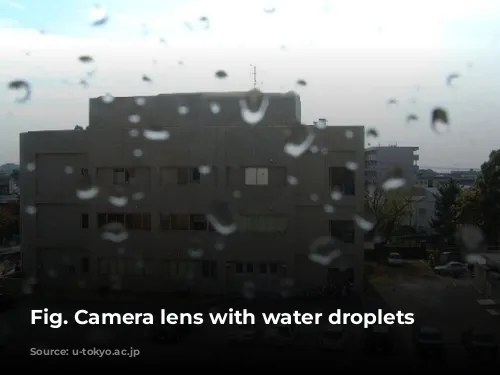
Robots Addressing Societal Challenges
The laboratory of Professor Atsushi Yamashita at the University of Tokyo is at the forefront of research on using robotics to solve societal challenges. His team is integrating image processing technology, inspired by the human eye, into robots, multimedia, and human interfaces. The goal is to apply this technology in disaster response and welfare.
One major focus of Professor Yamashita’s research is addressing the challenge of maintaining clear vision in harsh weather and extreme environments. Robots equipped with this technology would be able to enter hazardous environments, take pictures, and process them to extract valuable information.
Currently, deploying robots with cameras into dangerous disaster zones often results in fogging or obstruction of the lens. Human eyes, however, can still discern objects through a water-covered lens, providing a general understanding of the scene. Computers, on the other hand, perceive water droplets as noise, hindering accurate image processing. Professor Yamashita’s research uses image data from multiple cameras to filter out noise and create clear images, allowing robots to navigate and capture information in challenging environments. This technology has potential applications in national projects requiring immediate attention, such as the Fukushima Daiichi Nuclear Power Station accident.
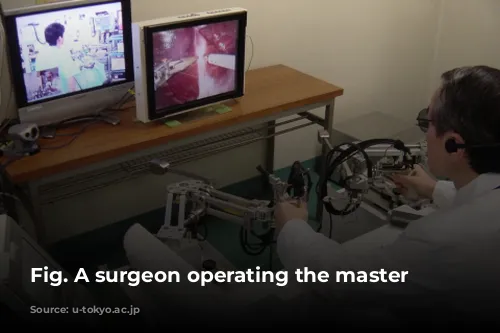
Medical Robots: Revolutionizing Healthcare
The world is also witnessing a surge in the development of medical robots. The Japanese government has prioritized the development and dissemination of medical equipment incorporating robotics technology. The government actively promotes the creation and implementation of innovations that reduce burdens on both healthcare professionals and patients, such as surgery assistant robots.
Professor Mamoru Mitsuishi and Professor Naohiko Sugita’s laboratory at the University of Tokyo’s Department of Mechanical Engineering is conducting robotics research with a focus on medicine and industrial processing. Their research focuses on developing cutting-edge robotic and manufacturing technologies and applying them to various fields. In the medical field, the lab is actively researching and developing robot-assisted surgery, including a system that enables minimally invasive surgery.
Minimally invasive surgery, in contrast to conventional procedures that require large incisions, involves making only small incisions. This lessens the burden on patients and reduces recovery time. However, the confined space of the body cavity makes minimally invasive surgery more complex than open surgery, especially in abdominal surgery, and places a significant responsibility on surgeons.
To address these challenges, the University of Tokyo has developed an intuitive master-slave surgical robotic system to assist surgeons during abdominal surgery. Surgeons control the robot’s arms and hands through a console, viewing a 3D endoscope within the patient’s body to perform the procedure. This system allows surgeons to reach areas inaccessible to human hands, reducing strain and enabling more advanced medical treatments. Furthermore, this system is increasingly used in teletherapy, allowing surgeons to perform procedures remotely. Successful trials between Japan and Thailand and Japan and South Korea suggest that this surgical robotic system has the potential to bridge medical treatment gaps between regions and hospitals.

A Collaborative Future with Robots
As the Internet of Things becomes an integral part of our lives, the world must transition towards a society where humans and robots can coexist and collaborate. This new society requires advanced technological solutions to meet diverse needs. The technological and creative prowess of Japan, the “robot nation,” will undoubtedly continue to lead the world in this field.
Japan, known for its high-tech, stylishly designed products, has a lasting impact on the world. Advanced technological development and meticulous attention to detail are hallmarks of Japan’s “monozukuri,” a testament to the country’s excellence in creating innovative and valuable products.
